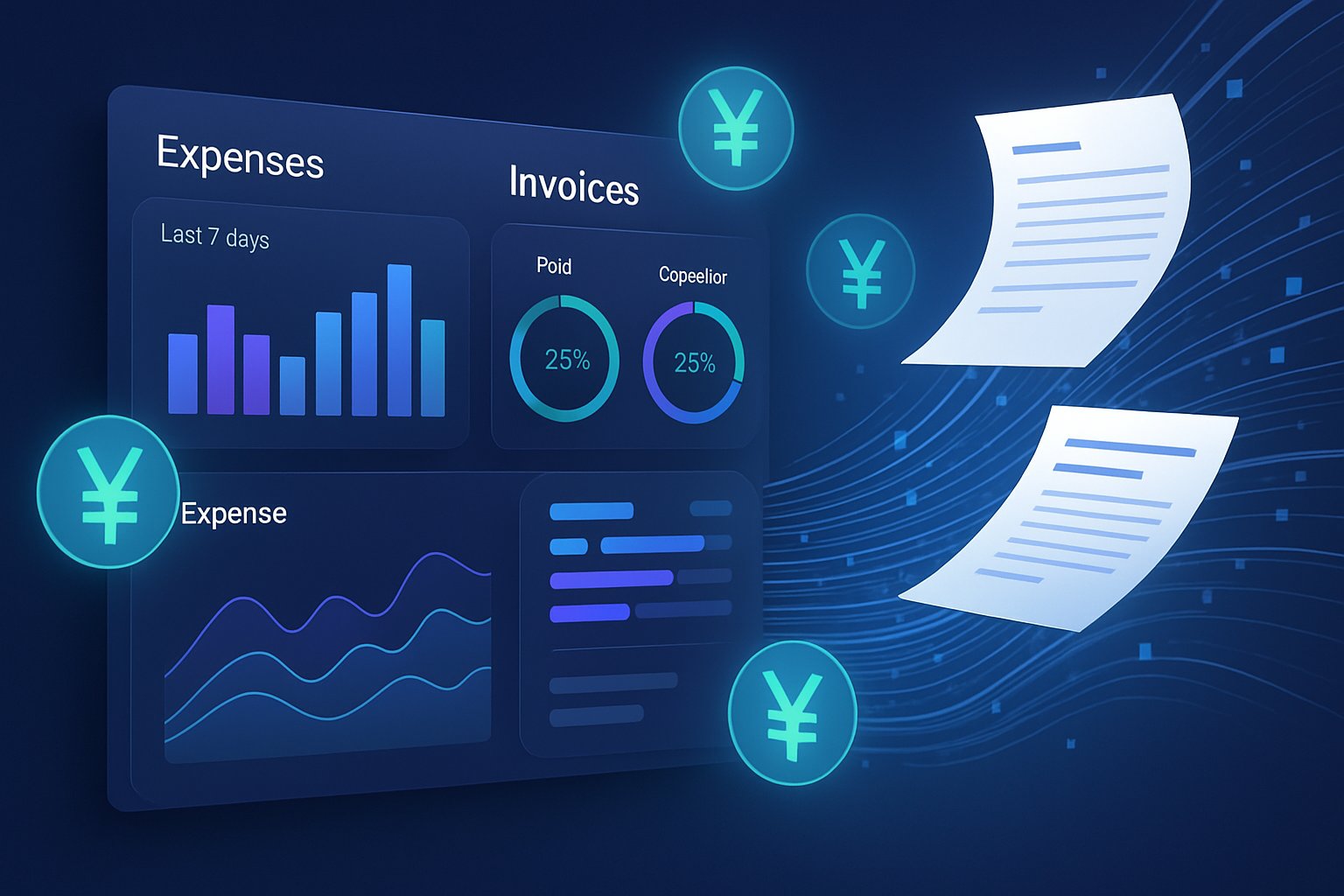
AI CERTS
3 hours ago
LayerX Raises $73M for Back-Office Automation in Japan
This article unpacks the funding, technology, market drivers, and risks shaping LayerX’s next growth chapter. It also benchmarks LayerX against domestic and global rivals. Finally, readers gain guidance on certifications that sharpen competitive careers in AI-driven operations.
Funding Milestones Drive Scale
LayerX closed its Series A across three tranches between February and November 2023. The cumulative ¥10.2 billion tally equaled roughly $73 million at prevailing rates. Subsequently, a much larger Series B of ¥15 billion arrived in September 2025, led by TCV. Furthermore, MUFG Group, JAFCO, Keyrock, Coreline, and JP Investment joined the round.

- Series A: ¥102 億円 ≈ $73 M
- Series B: ¥150 億円 ≈ $100 M
- Total capital raised: ≈ $192 M
- Employees: ~430 (2025)
Consequently, LayerX can accelerate hiring and scale the Bakuraku platform across new verticals. These funding milestones underscore investor confidence. However, efficient capital deployment will decide long-term leadership. Meanwhile, external demand signals are equally crucial.
Back-Office Automation Market Demand
Japan’s new Qualified Invoice System boosted compliance complexity for every taxable organization. Therefore, finance departments face urgent pressure to digitize invoice processing and retention. Moreover, chronic labor shortages limit the supply of trained accountants. Industry research projects the global back-office automation market will top $10 billion within five years. In contrast, APAC already records the fastest adoption growth, with Japan contributing a significant share. Consequently, back-office automation adoption is accelerating across manufacturing, retail, and healthcare. LayerX positions itself as the local champion ready to convert regulation into revenue. Demand now outweighs legacy inertia. Consequently, vendors with proven compliance features hold an edge. Next, we dissect Bakuraku’s technical stack.
Bakuraku Product Stack Explained
The Bakuraku platform unifies expense reporting, invoice processing, corporate cards, and attendance data within one interface. Optical character recognition extracts fields from receipts and invoices in seconds. Subsequently, rules engines route transactions for multi-level approvals or flag anomalies. Generative agents suggest account codes, draft policy reminders, and answer employee queries in natural language. Furthermore, the suite integrates with ERP, payroll, and banking APIs to prevent data silos. LayerX asserts this AI-native architecture removes stitching pain seen with legacy point solutions. Customers report that back-office automation through Bakuraku eliminates late reimbursements. Deep integration drives stickiness. Nevertheless, customers must evaluate vendor lock risks. Competitive pressures shape those considerations.
Competitive Landscape And Risks
Domestic rivals include Money Forward, freee, and Rakuraku Seisan. Global alternatives such as SAP Concur or Rippling also chase Japanese enterprises. Back-office automation success requires secure integrations, above 99.9% uptime, and audited accuracy. Moreover, Japanese clients value long contracts and trusted local support. Accuracy concerns persist; AI hallucinations could misclassify expense reporting data or duplicate invoice entries. Regulators also scrutinize data residency and privacy as finance data migrates to cloud stacks.
- Vendor lock due to deep integration
- Data privacy and security obligations
- Change management resistance among staff
- Unverified ARR and valuation claims
Competition will intensify as funding pours in. However, differentiated AI depth can defend margins. We now examine LayerX’s upcoming roadmap.
AI Roadmap And Outlook
LayerX plans to launch procurement AI agents that negotiate terms and populate purchase orders automatically. Additionally, the company targets a ¥10 billion ARR pace by expanding Bakuraku platform modules. Future releases will link expense reporting data with predictive cash-flow analytics. Meanwhile, deeper invoice processing accuracy remains a core engineering goal. LayerX also intends to embed back-office automation analytics into procurement AI dashboards. Investors like TCV foresee cross-border expansion once Japanese retention requirements are met. Consequently, LayerX is staffing 100 engineers to refine large-language models and security tooling. Roadmap execution could cement leadership. Nevertheless, missed deadlines would open doors for agile challengers. Professionals need skills to ride that wave.
Certification Pathways For Professionals
Finance and operations leaders must understand AI procurement pipelines and data governance. Professionals can enhance their expertise with the AI-Supply-Chain™ certification. Furthermore, mastering procurement AI concepts positions managers to supervise agent deployments. Back-office automation projects still require robust change management and cross-team communication. Consequently, certified leaders can champion Bakuraku platform adoption and amplify ROI. Credentials validate practical knowledge. Therefore, they boost promotion prospects in data-driven finance roles. Key lessons emerge from LayerX’s journey.
Key Takeaways And CTA
LayerX’s journey illustrates how targeted capital fuels product momentum. Moreover, regulatory change and demographic pressure continue to turbocharge back-office automation across Japan. The Bakuraku platform now handles expense reporting, invoice processing, and soon procurement AI with minimal clicks. Nevertheless, cultural change, data security, and competitive pressure remain tangible risks. Consequently, enterprises should benchmark vendors, strengthen governance, and invest in skilled leaders. Certified professionals can steer successful back-office automation rollouts and capture measurable ROI. Explore the referenced certification today and position your career at the forefront of finance transformation.



